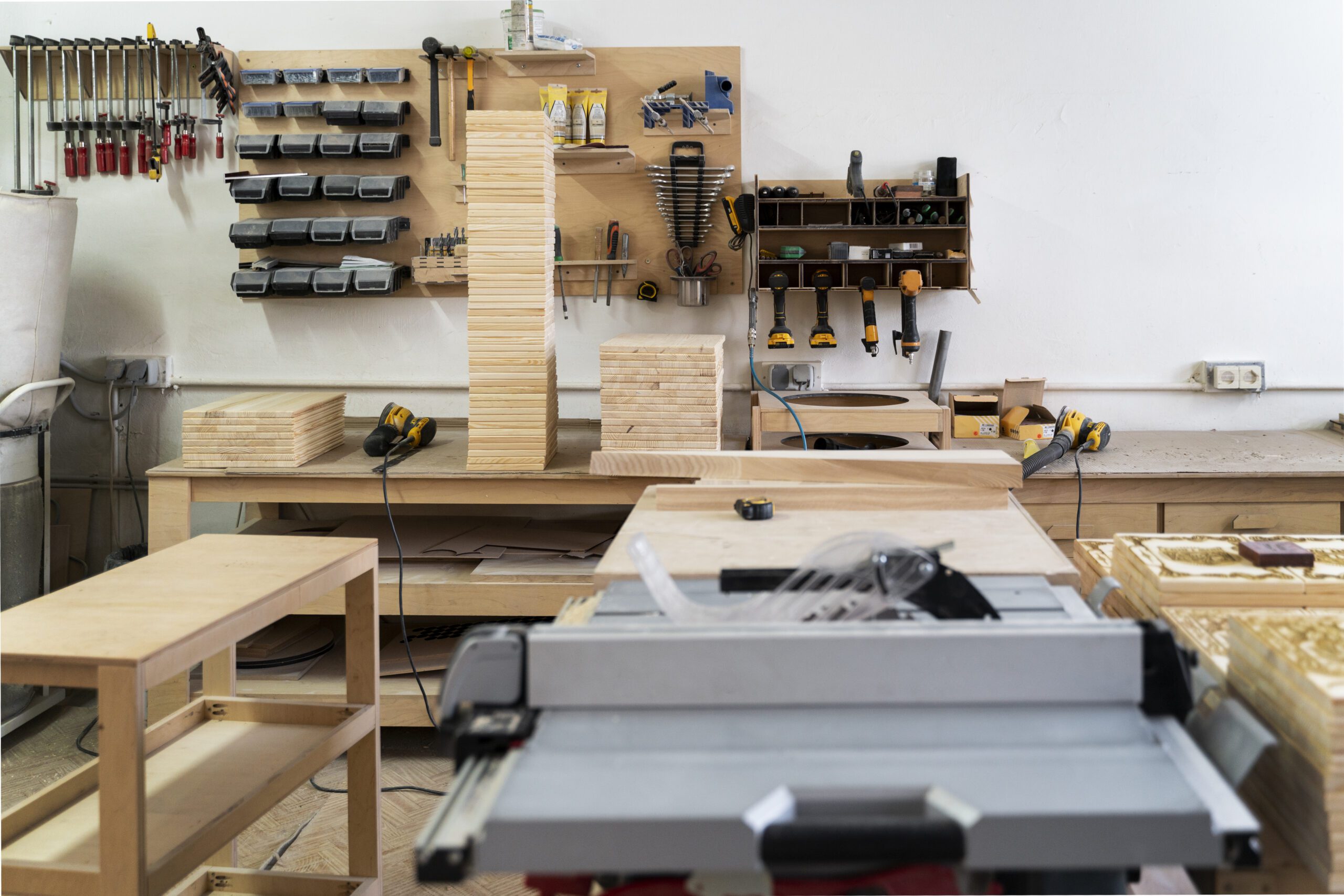Effective Strategies for Table Saw Dust Collection
Table saws are a staple in any woodworking shop. They’re versatile and efficient, but they produce a lot of dust. This dust can pose serious health risks and make your shop a mess. Understanding and implementing dust collection can improve both air quality and work efficiency.
Understanding Dust Particles
When cutting wood, different-sized particles become airborne. Larger chips drop quickly, but finer dust can linger. This fine dust, often called respirable dust, can enter the lungs and cause health issues over time. Effective dust collection aims to capture both large and small particles at their source.
The Importance of Dust Collection
Without proper dust collection, a shop can quickly become hazardous. Dust buildup can affect machinery, clog air filters, and increase fire risks. A well-maintained dust collection system extends equipment life and ensures a safer working environment.
Types of Dust Collection Systems
- Portable Dust Collectors: Ideal for small shops or spaces. They offer flexibility to move between machines.
- Centralized Dust Collection: Suited for larger workshops. It involves a network of ducts connected to a powerful dust collector.
- Shop Vacuums: Useful for light-duty tasks and small tools. They’re more affordable but less effective for heavy-duty collection.
Choosing the Right System for Your Needs
Consider your shop size, budget, and tools. For a small shop, a shop vacuum with attachments might suffice. Larger operations benefit from dedicated central systems. Evaluate the airflow requirements to ensure the collector can handle your workload.
Installation Tips for Table Saw Dust Collection
Begin by assessing your table saw’s dust port. Most modern saws come with built-in ports that need connection to a dust collector or vacuum. Ensure the connection is airtight to prevent escape of fine dust. Use flexible hoses for easy movement and adjustment.
When installing ductwork, minimize bends and turns. They reduce the air velocity, which can impact dust capture. Use smooth-walled pipes rather than corrugated hoses to decrease air friction.
Enhancing Dust Collection Efficiency
Seal cracks and openings in the table saw’s body. This prevents unfiltered air from being drawn in. Install a zero-clearance insert to reduce airborne dust by directing more to the collection system.
Add a secondary collection system such as an overarm dust collector. These are particularly useful for capturing dust from above the saw blade. They’re adjustable and can accommodate various cutting setups.
Maintaining Your Dust Collection System
Regular maintenance is crucial. Check dust bags and filters frequently. Full bags reduce system efficiency. Clean or replace filters as needed to maintain optimal airflow.
Inspect the system for leaks or damage. Even small holes can drastically reduce collection efficiency. Repair or replace any damaged components promptly.
Improving Air Quality in the Workshop
In addition to a dust collection system, consider installing an air filtration unit. These units circulate air through filters, capturing airborne dust that the primary system might miss.
Keep the workspace clean by vacuuming or sweeping regularly. A clean shop minimizes the chances of dust recirculating into the air.
Cost Considerations
Investing in dust collection can save money long-term by preserving respiratory health and extending tool life. Costs vary widely, from a few hundred to several thousand dollars, depending on system complexity and shop size.
Balance upfront costs with system efficiency and shop needs. A well-chosen system offers significant returns through improved health and productivity.
